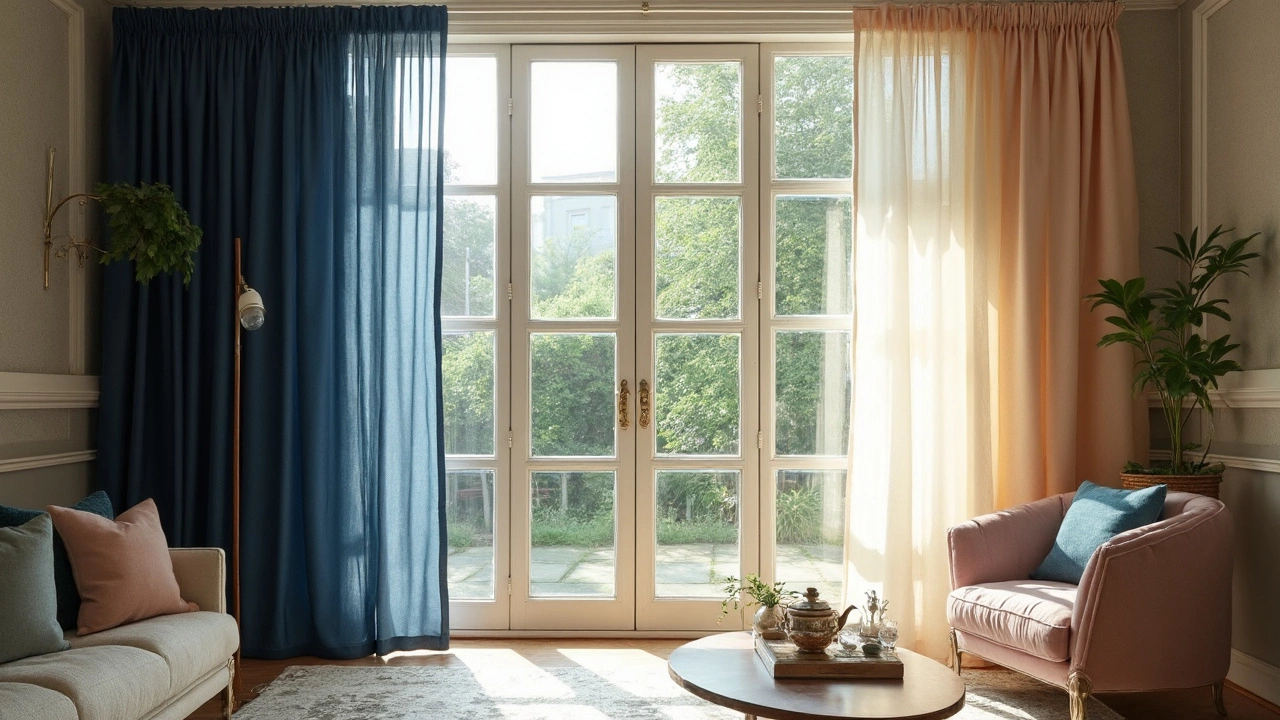Color Ideas for a Greener Home
Ever walk into a room and feel instantly calmer or more energized? That’s the power of colour. Picking the right shades isn’t just about looking good – it can boost your mood, save energy, and even hide wear and tear. Below are simple, earth‑friendly tricks to make colour work for you without breaking the bank.
How Color Affects Mood and Space
Warm tones like soft terracotta or muted mustard bring a cozy vibe, perfect for living rooms where you unwind. Cool blues and greens create a fresh, airy feel – ideal for kitchens or bathrooms where you want a clean look. Light neutrals such as warm whites or pale earths reflect more light, making small rooms feel bigger. If you’re dealing with a cramped bedroom, try a light sage or dust‑pink on the walls; you’ll notice the space opening up instantly.
Don’t forget the psychology of colour. Research shows that blues can lower heart rate, while yellows can spark creativity. Use a pop of yellow on a work‑from‑home desk or a blue accent wall in a meditation corner. You don’t need to paint an entire room – a single accent wall or coloured accessories can do the trick.
Eco‑Friendly Color Choices for Every Room
Going green starts with the paint you choose. Look for low‑VOC (volatile organic compounds) or water‑based paints – they release fewer chemicals and smell less. Brands like Earthborn and GreenFlex offer a wide palette that’s safe for families and pets. If you’re on a budget, consider repainting old furniture with chalk paint; it’s easy, cheap, and works on wood, metal, or glass.
For textiles, pick organic cotton or linen curtains, cushions, and bedding in natural dyes. Hemp or bamboo fabrics in muted greens and beiges add texture without synthetic pigments. When you shop for rugs, seek out those made from recycled fibres or sustainably harvested wool – they often come in earthy tones that blend well with any décor.
Don’t overlook lighting. Warm LED bulbs (2700‑3000K) enhance amber and terracotta shades, while cooler LEDs (4000‑5000K) accentuate blues and greens. By matching bulb temperature to your colour scheme, you get a cohesive look that feels intentional.
Finally, test before you commit. Paint a 12‑inch square on the wall, live with it for a few days, and observe how natural light changes the hue. This small step saves you from costly repaint jobs later.
Colour doesn’t have to be overwhelming. Start with one wall, a few cushions, or a set of eco‑friendly curtains, and watch your home transform into a brighter, healthier space. With the right shades and sustainable products, you’ll enjoy a stylish home that’s kind to the planet.
-

Which Color Curtains Stop Sunlight? Get the Facts Before Buying
Choosing the right curtain color can make a real difference in blocking sunlight and keeping rooms cool. This article breaks down which colors work best to stop sunlight, busts common myths, and gives practical shopping tips. You'll learn why some colors outperform others, how special curtain fabrics and linings come into play, and what to consider before you buy. Perfect for anyone fed up with glaring light or overheated rooms, these tips will help you find the right curtains for your space.
